
Experience magical skiing in Japan
Our guide to the ultimate ski vacation in the land of the rising sun.
Japan is one of the places on Earth that gets the most snow each winter. Cold and dry air flows eastward from the huge landmass of Eurasia and meets the (relatively) warm and humid Sea of Japan. When the clouds hit land, they release their contents over the coastal mountains, resulting in heavy snowfall, especially during the period from December to February when snow is common.
The country’s snowiest ski resorts typically receive up to 50 feet of snow per winter, which is among the most impressive depths in the world of dry, fluffy snow that dreams are made of.
But skiing in Japan is so much more than just skiing. It’s a holistic experience for all your senses, from the cultural experiences to the food that you savor. In short, skiing in Japan is something that should be on every skier’s bucket list and is worth doing at least once in a lifetime.
Ski Resorts
Honshu
Japan’s main island of Honshu has a number of excellent ski resorts. Most of them are in the area around the major city of Nagano. These are some of Japan’s oldest ski resorts with a history stretching back over 100 years, blending traditional Japanese mountain life with modern ski culture.
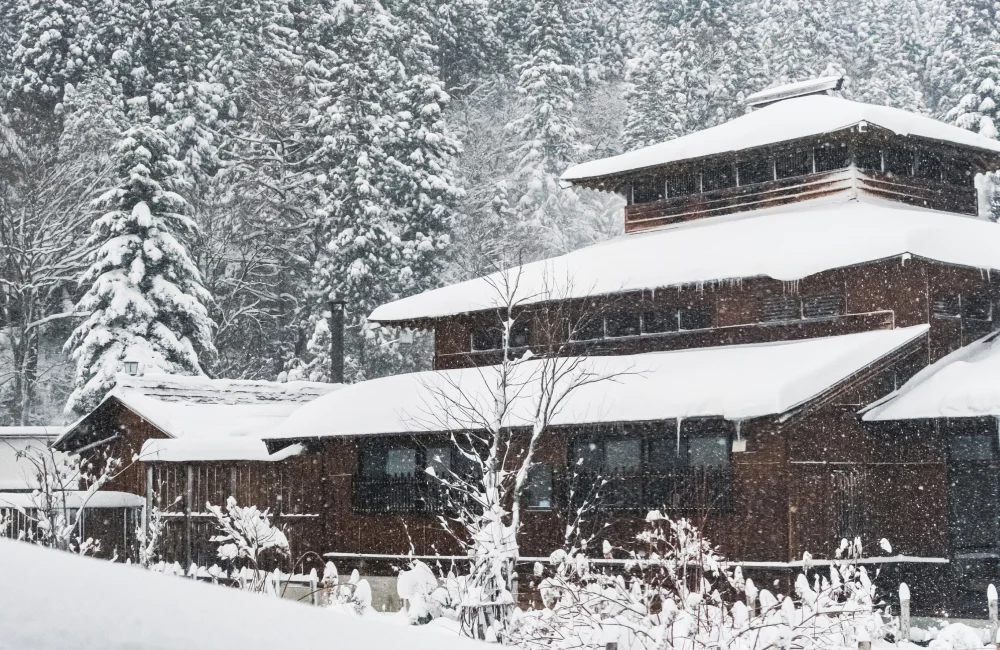
Nozawa Onsen
Japan’s second-oldest ski resort is an ancient onsen village (onsen means natural hot springs in Japanese) with numerous public baths strewn along its quaint village streets. The village has a rich ski history, dating back to a visit by Austrian pioneer Hannes Schneider in the 1930s to spread the art of skiing.

Hakuba
This is one of Japan’s largest ski resorts with both a large ski system and a buzzing resort scene, located in the Japanese Alps. The ski resort actually consists of ten interconnected resorts, including Happo-one and Cortina—the best known. It hosted the alpine events of the 1998 Winter Olympics and is one of the few ski resorts in Japan with alpine terrain above the tree line.
Myoko
This is a small ski resort located near Nagano, which is known for its abundant snow each winter. Myoko is also a collection of different ski resorts, including Myoko Akakura—part of the system that offers the best off-piste skiing.
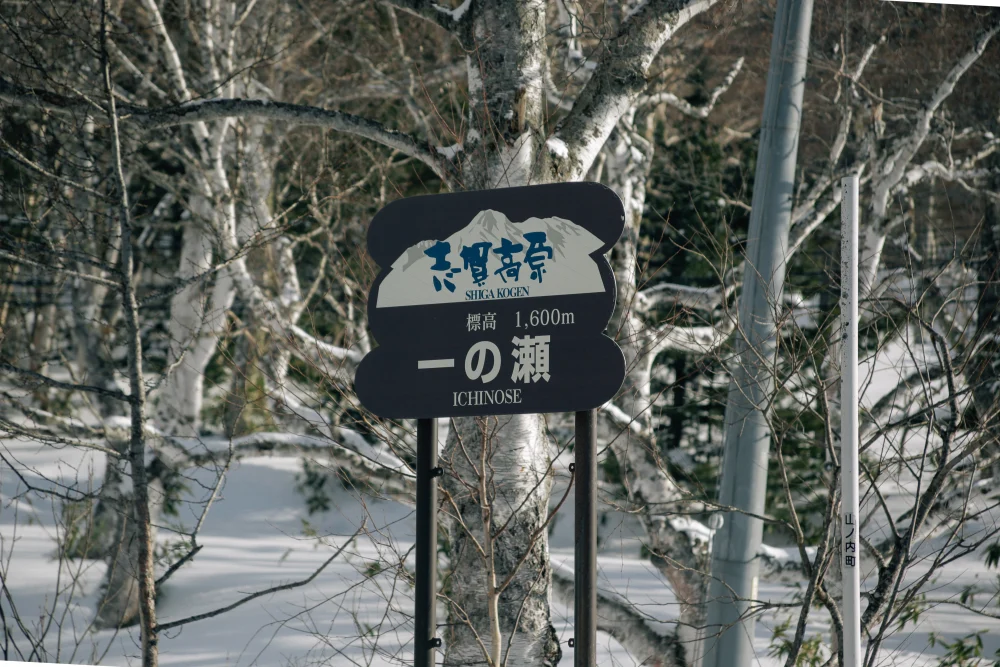
Shiga Kogen
In the 1990s, Shiga Kogen broke a world record with a staggering 4.1 million ski days in one winter at the height of the Japanese ski boom, and it is one of Japan’s largest ski resorts. With a wide range of slopes and off-piste routes, there is something for every skier.
Hokkaido
Japan’s northern island of Hokkaido has achieved almost mythical status as the center of powder skiing in the world. Its geographical location and high mountains mean that it snows almost daily in January. Most of the resorts are within a couple of hours of Sapporo, a city of two million people, making Hokkaido perfect for experiencing multiple resorts in one trip.
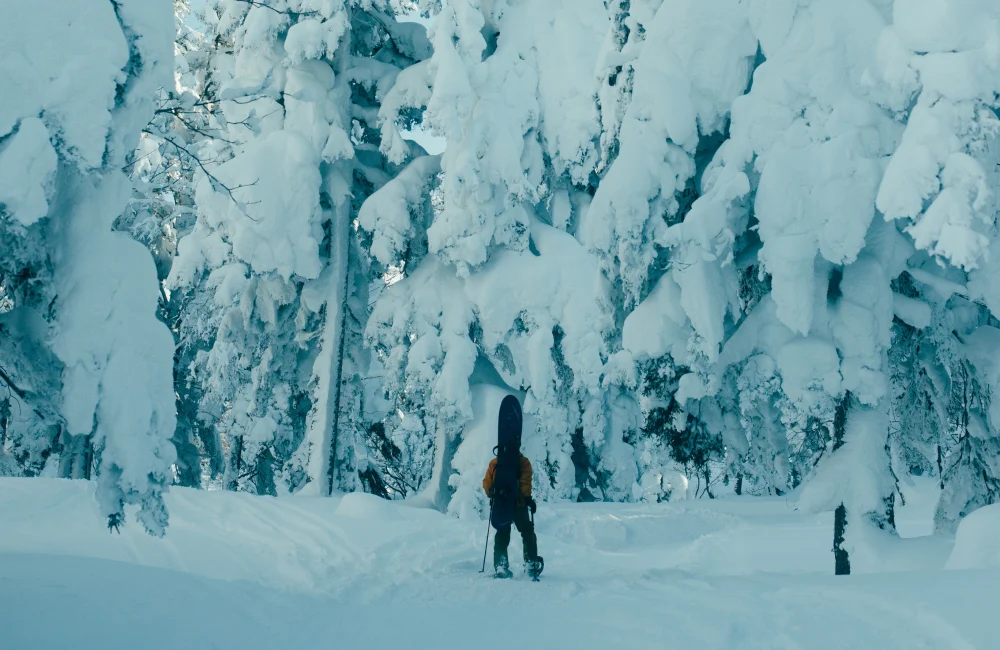
Furano
This is one of Hokkaido’s largest ski resorts with multiple slopes and some really great forest skiing. Furano is also a little off the international ski radar, so the pace is slightly more relaxed here.
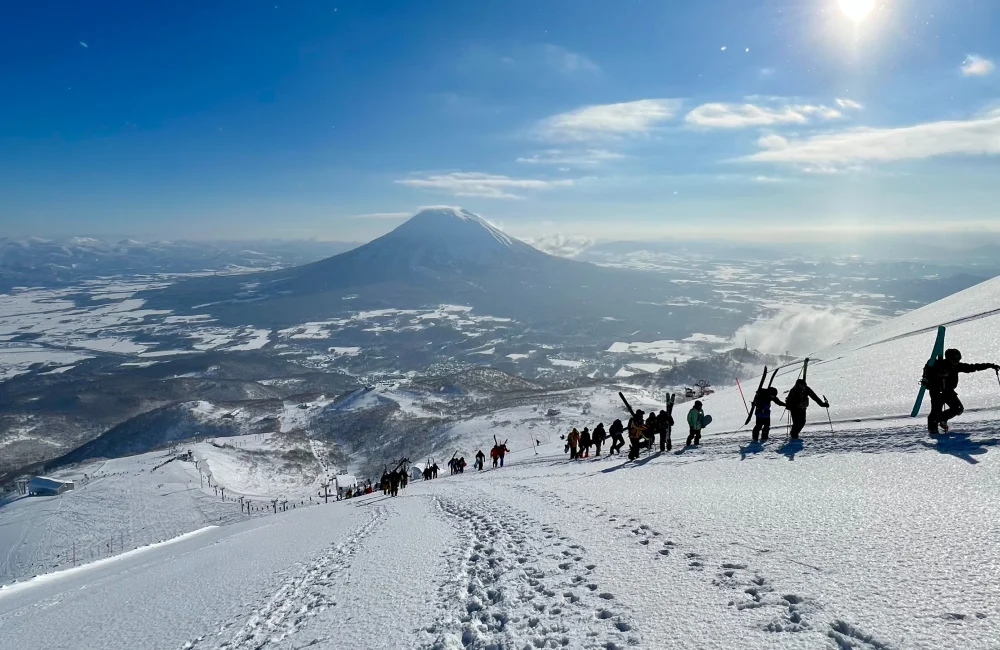
Niseko
The most well-known ski resort in Hokkaido, and perhaps Japan, consists of a group of four different ski resorts known as Niseko United: Annupuri, Niseko Village, Grand Hirafu and Hanazono. Of the four villages, Grand Hirafu is the largest ski resort offering shops, restaurants and bars. Niseko has superb skiing with a large vertical drop, steep terrain and sparse forest.
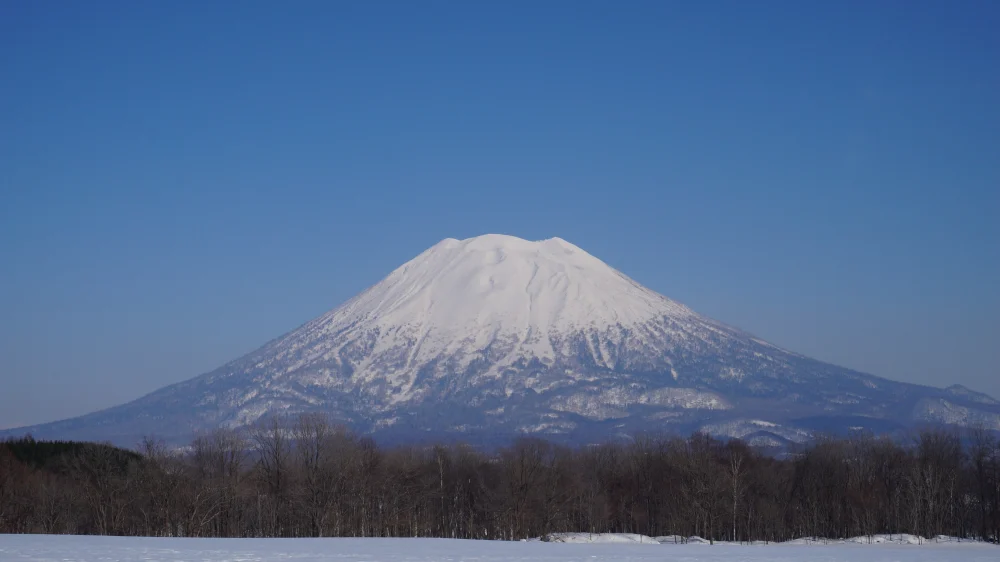
Rusutsu
This is one of Hokkaido’s more upscale ski resorts, where the “village” is basically two giant hotel complexes connected by a railroad track. The three different mountains offer plenty of steep and sparsely forested skiing embedded in immense amounts of snow, all with magical views of the Yotei volcano.

Kiroro
This is a mythical little ski resort near Sapporo that doesn’t consist of much more than a couple of big hotels, but instead, it is rich in glorious skiing experiences. Here, you can enjoy some excellent slopes and easily accessible off-piste skiing thanks to its proximity to the ocean, which provides vast amounts of snow every winter.
Practical Info for Your Ski Trip to Japan
The best time
Late December to late February is the best time for skiing in Japan, especially if powder is at the top of your wish list. Plan on spending at least six days skiing to make the long trip worthwhile, but if you can stay for ten days, all the better.
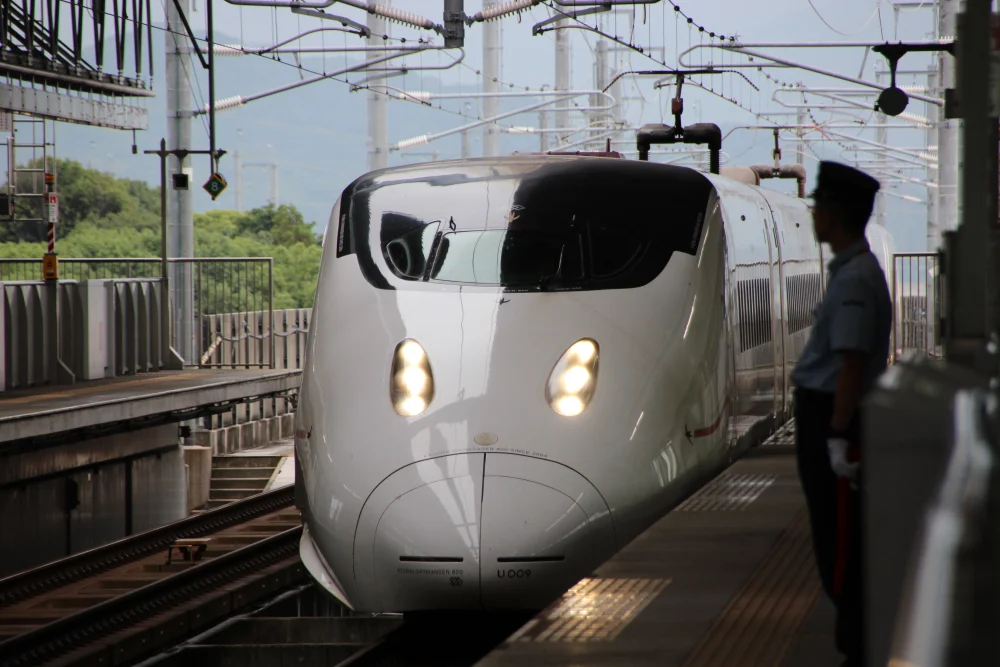
Train
The Japanese Shinkansen express train is the ideal way to get from Tokyo to the ski resorts around Nagano on Honshu. From the express train, you can take a local train and then a bus or taxi to your final destination. The express train doesn’t go to Hokkaido, so you’ll need to take either a local train or bus straight from the airport.
You can buy a ticket at the station or book on jreast.co.jp.
Tokyo

Don’t forget to schedule a day or two in the bustling capital of Tokyo during your trip to Japan. Check out the tech district of Akihabara with its flashing neon signs, the remarkable bar district of Golden Gai in Shinjuku or simply take in the myriad of people and restaurants at the world’s most famous intersection in Shibuya.
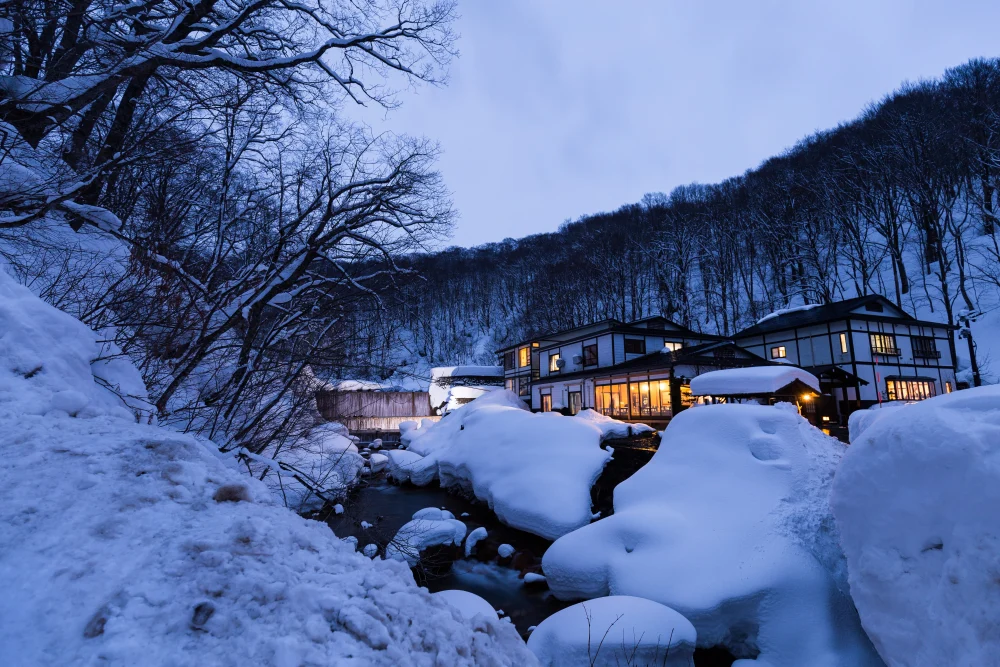
Onsen
Japan is alive with volcanic activity, and there are hot springs, or onsen, everywhere. An onsen can be either outdoors or indoors, and the vast majority of hotels have some form of bathing facilities on their premises. The hot, sulfurous water is perfect for softening stiff muscles after skiing, making it the ultimate end to a fabulous day on the slopes.
Text by Tobias Liljeroth